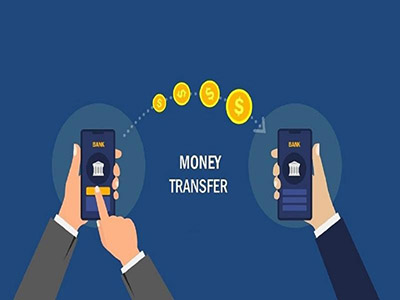|

Digital remittances are becoming an integral part of financial systems globally. According to the World Bank, these remittances totaled $647 billion in 2022, with a significant portion going to women in low and middle-income countries.
For women, especially in developing nations, this form of money transfer is a more accessible and inclusive alternative to traditional banking.
Let's delve deeper into understanding how digital remittances can empower women worldwide.
The Transformative Power of Digital Remittances for Women
Digital money transfer services offer a simpler, more straightforward way for women to engage with financial systems. Traditional banks often require multiple forms of identification, proof of income, and sometimes even collateral.
Digital remittance platforms usually only require a smartphone and a primary ID, lowering the barrier to entry. This accessibility is essential for women in developing countries, where traditional banking can be more restrictive.
Economic and Entrepreneurial Impact
When it comes to the economic benefits of online money transfer, the lower transaction fees stand out. These reduced costs allow women to send and receive more money than they could through traditional means. This extra money can be significant when it comes to investment opportunities.
The impact is tangible, whether starting a small business or paying for educational courses. Women often use extra income for the betterment of their families and communities, making their inclusion in financial systems important.
Savings and Financial Security
Another aspect to consider is how digital remittances contribute to women’s savings and long-term financial security.
The ease of these platforms allows for more frequent transactions, enabling women to build a financial cushion more effectively. This savings aspect is essential as it serves as a safety net against unforeseen economic shocks.
Practical Benefits for Women
- Emergency Funds Access: Digital remittances allow women to quickly receive money in emergencies, bypassing the delays of traditional banking systems.
- Small Business Financing: Some women use the funds received through digital remittances to start or expand small businesses, which can be a significant step toward financial independence.
- Educational Investments: Digital remittances often serve as a financial resource for investing in educational courses or materials, benefiting women and their families in the long run.
- Healthcare Expenses: The ease of receiving money through digital platforms can be crucial when immediate healthcare needs arise, offering a quicker solution than traditional methods.
- Community Projects: Women sometimes pool remittances to fund community projects, such as local schools or healthcare clinics, contributing to broader social development.
Conclusion
Digital remittances are proving to be more than just a convenient way to transfer money; they're a tool for financial empowerment for women. While challenges exist, the practical benefits are tangible and significant. The following steps should involve multi-stakeholder efforts to optimize these platforms further to benefit women and, by extension, their communities.
|


